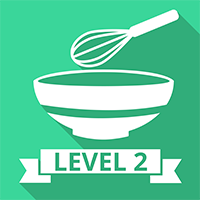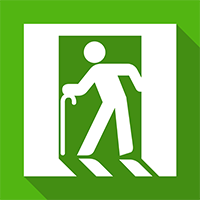👨🏻🍳Level 2 Food Safety – Catering – Online Course
📜CPD, IIRSM, Gatehouse Awards & Institute of Hospitality Approved |🥗 Essential for Catering Professionals|⏱ Duration: Approx. 75 minutes
Course Overview
Food safety is a critical responsibility in all catering environments. The Level 2 Food Safety – Catering online course is designed to help food handlers understand their legal and moral obligations under EU and UK law, while ensuring that food prepared, served or sold is safe for human consumption.
Who Should Take This Course?
✅ Kitchen staff and chefs
✅ Front and back of house staff
✅ Hospitality teams in pubs, hotels, and restaurants
✅ School, hospital and care home kitchen staff
✅ Anyone involved in preparing, cooking or serving food
Key Learning Objectives
By the end of this course, learners will be able to:
✔️ Understand UK and EU food safety legislation
✔️ Recognise common food hazards and how they arise
✔️ Implement controls to reduce contamination risks
✔️ Identify the importance of hygiene, pest control and safe food handling
Course Modules
| Module | Title | Pass Mark |
| 1 | Food Safety Legislation | 75% |
| 2 | Hazards from Delivery to Service | 75% |
| 3 | Risk Control (Prevention of Contamination) | 75% |
| 4 | Pests, Premises and People | 75% |
✅ Assessment: Each module includes an assessment with a minimum required pass mark of 75%. Learners can retake assessments if needed.
Typical Working Environments
- Pubs, hotels, restaurants
- Food production and catering units
- Schools and colleges
- Hospitals and care homes
- Supermarkets and other retail food settings
System Requirements
- Browser: Latest version of Chrome, Firefox, Edge, or Safari
- Memory: Minimum 1GB RAM
- Video: Updated video drivers
- Internet: Stable broadband connection (3Mb+)
Enrol Today
This course is ideal for anyone who prepares or handles food in a professional capacity. Whether you’re working in a busy commercial kitchen or a care home, this training will raise your awareness of potential food safety risks and how to prevent them through best practices and hygiene standards.




